Walking and cycling has given me time of late for thinking and reflecting on biophilia, what it means to be human as part of nature, and how that plays out in biophilic design. I am amazed at the current interest and buzz in the topic and the wonderfully passionate people within the biophilic design space, it feels like we are making real traction in connecting our buildings and interiors with the natural world. Yet on the other side, I see worrying trends, a bio-wash or nature-wash, and worry at the lack of reciprocity with nature that biophilic designs do bring, and that biophilia maybe becoming the latest exploitation of nature for our own use - this time not for resources, but for our wellbeing.
… let me share a few instances that have led me to this thinking
Wild Mind Wild Earth
The first paragraph of David Hinton’s book Wild Mind Wild Earth, in which he makes the case that addressing the sixth extinction will be done through shifting mindsets, of wild minds, not through technology and standards.
BEFORE INTENTION and choice, before ideas and understanding and everything we think we know about ourselves, we love this world around us. How can that be? How can we love all this when our cultural assumptions tell us in so many ways that we “humans” are fundamentally other than “nature,” and that “nature’s” only real value is how it supports our well-being? There’s no love in that. Doesn’t love require kindred natures? And what is kinship with wild earth but wild mind?
Amygdala
Research is showing that being in nature, noticing nature and moving in nature is good for dampening the amygdala. And maybe passively experiencing biophilic design elements of nature (the plants, the textures, the light) may not be.
The amygdala is a region of the brain responsible for controlling emotions and feelings and is activated more in city dwellers than those living in rural areas during times of stress. It is connected to many different parts of the brain, including the frontal lobe, which is responsible for behaviour and decision-making. The amygdala is also involved in controlling eating, managing fear and stress, structuring memories, regulating sexual behaviour, and controlling aggression.
Windowless
A recent report in the Guardian of a 12-year-old girl, who reportedly is a harm-danger to herself, was held in a windowless room for 3 weeks whilst her case was judged. Knowing the benefit of access to nature and in particular, light, why in 2023 do we have occupied windowless rooms and what is the mindset of those who sanction this type of action?
“A room is not a room without windows and daylight”
Behaviour in Nature
A recent walk over some of the wonderful peat-bog wilderness of the Forest of Bowland an Area of Outstanding Natural Beauty. Our doorstep range of uplands is defined by its deep valleys, gritstone outcrops and 40,000 acres of upland peat bog. The clouds were down, and it was blowing a hooly, as they say, with the Bowland bogs constantly attempting to capture and suck boots deep into the ground. It was a raw beauty.
Arriving at a road pass with a small car park area, we were taken aback at the amount of litter that had been left, just out of sight. Why is it that we visit wild and beautiful areas and yet find it acceptable to leave our litter, mostly fast food, carefully placed out of sight?
I have often referred to biophilic design as the secret sauce of built environment sustainability, making our buildings more connected to nature and we improve behaviour. But now I am not so sure. Biophilic design has to be so much more to shift our mindset towards a more responsible way of being in and looking after nature.
Finding nature in lockdown
The Covid-19 pandemic has had a profound impact on our lives, with many of us feeling isolated, anxious, and uncertain about the future. One of the few respites from the stresses of lockdown has been the chance to connect with nature, whether it's a walk in a local park, a hike in the hills, or simply spending time in our gardens. There's something about the natural world that helps to restore our sense of well-being, providing us with a much-needed sense of calm and perspective in challenging times.
Yet it wasn’t just big landscapes, trees and birds, we enjoyed the minute and detail of mosses, lichen, enthused over Robin Wall Kimmerer SBraiding Sweetgrass on learning from plants and looked deeper to the micro world of Slime Mold.
Something Different
Connectivity and reciprocity with nature in our lives now mean something different to us than they did before covid. And should mean something different to biophilic designs. With this in mind, I am attempting to bring together many strands and ecotones that converge into possibly something different
Enter the wild with care, my love And speak the things you see Let new names take and root and thrive and grow And even as you travel far from heather, crag and river May you like the little fisher, set the stream alight with glitter And in city and in forest, let the larks become your chorus The Lost Spells Blessing
Liminal Ecotones
For the moment my thinking has arrived at "Liminal Ecotones" - the edges where ecotones converge. As in nature, there are no frameworks, no guidelines, and whilst everything is connected, it is also complex and messy, and yet seemingly simple it just is and does its thing. Every component knows just what to do, as it has for 3.4 billion years- except us, who now need data, spreadsheets, guidelines and standards.
Whatever this is, it is thinking to foster a deeper perspective of biophilia, maybe who we are and how we bring that into designs. That connection and sense of reciprocity and harmony with our natural world, is not only driven through significant benefits for our mental and physical well-being but through Seva, in service, as a member of the natural community.
Emergence and fractal?
In the context of nature and ecological systems, fractal patterns and emergence can be seen at various scales, from the smallest microorganisms to the largest ecosystems. Similarly, the thinking of liminal ecotones could be applied and adapted at different scales and contexts, from individual actions and behaviours to community practices and larger policy decisions. Liminal ecotones evolves and adapts over time, reflecting emergent changes in our understanding of the natural world and our relationship with it.
Biophilia Walks
Biophilia Walks – possibly the best way to start understanding Biophilia and biophilic application to building design and construction. These walks morphed out of benchmarking walks held for the Benchmarking Institute in the 1990’s / 2000’s where quality professionals took inspiration from each other – but more so from being in and noticing nature. Free from the constraints of the office, boardroom or lecture hall, walking in nature provides an amazing opportunity and healthy alternative to discuss individual and organisation sustainability improvement issues.
Collaborate, discuss, share and explore your approaches, your thoughts, your expectations for projects, for organisations and business with others in a inspiring and natural environment.
Biophila Walks walks can be approached in a variety of ways and perspectives, the more popular being:
Prompts and Guides - at the commencement of a design workshop or a confernce exercise, walking with prompts and guides to really explore how we feel and sense nature, and how that can inform design.
Disconnect / Reconnect - a fun exercise with an important message. Our phones disconnect us from nature, with each update further moving us away from the natural world. This, a short biophilic walk exercise to awaken senses with the thrill of reconnecting with the essence of the world around us, guided by how we feel, what we sense and what we notice when in nature.
From the Disconnect / Reconnect material introduction:
Embark on a biophilic journey to awaken your senses with the thrill of reconnecting with the essence of the world around you. An opportunity to step away from the digital web that binds and blinds you and immerse yourself in the wild of nature’s connections. It’s time to trade the light of devices for natural light, and the buzz of notifications for rustling leaves or babbling brooks.
Your path is not linear or predetermined; instead, you become a natural compass, attuned to the whispers of the wind, the dance of sunlight filtering through leaves, and the hidden secrets of natural scents.
In this realm, you’re not just a bystander; you’re an active participant. Navigate with instinct, with your senses heightened as you follow the rhythms of the land. With no more reliance on devices, the landscape becomes your guide, the trees way-finders, their branches tracing maps against the sky.
Reach out for more information on Biophilia Walks and Exercises.
I will be sharing the thinking, notes, quotes, and references over a series of Substack posts through March. And, as I hope you would understand, considering time invested, these will be paid subscriber posts, with the opportunity to comment and join me on this thinking journey.
UPDATE
thinking biophilia two now posted “exploring the body of knowledge, from thinkers, authors, ecologists, spiritualists and others who have shaped our ‘connectivity with nature’ thinking. In which we, as the new moon, hold in our minds, are aware of and emboldened by what has gone before and that shapes where we are and who we are”
Some Keywords:
Provocations, Biophilia, Nature, Interconnectedness, Mindfulness, Sustainability, Biodiversity, Wilderness, Regenerative, Community, Reciprocity, Night sky, Walking, Indigenous knowledge, Creativity, FutuREgenerative, Wonder
Some Inspirations:
E.O. Wilson, Rachel Carson, Richard Louv, Aldo Leopold, John Muir, Joanna Macy, Henry David Thoreau, Jim Crumley, Robert Macfarlane, Rebecca Solnit, Miles Richardson, David Abram, Robin Wall Kimmerer, William Wordsworth, David Hinton, Linda Hogan

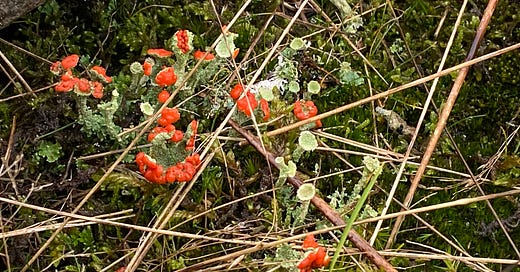


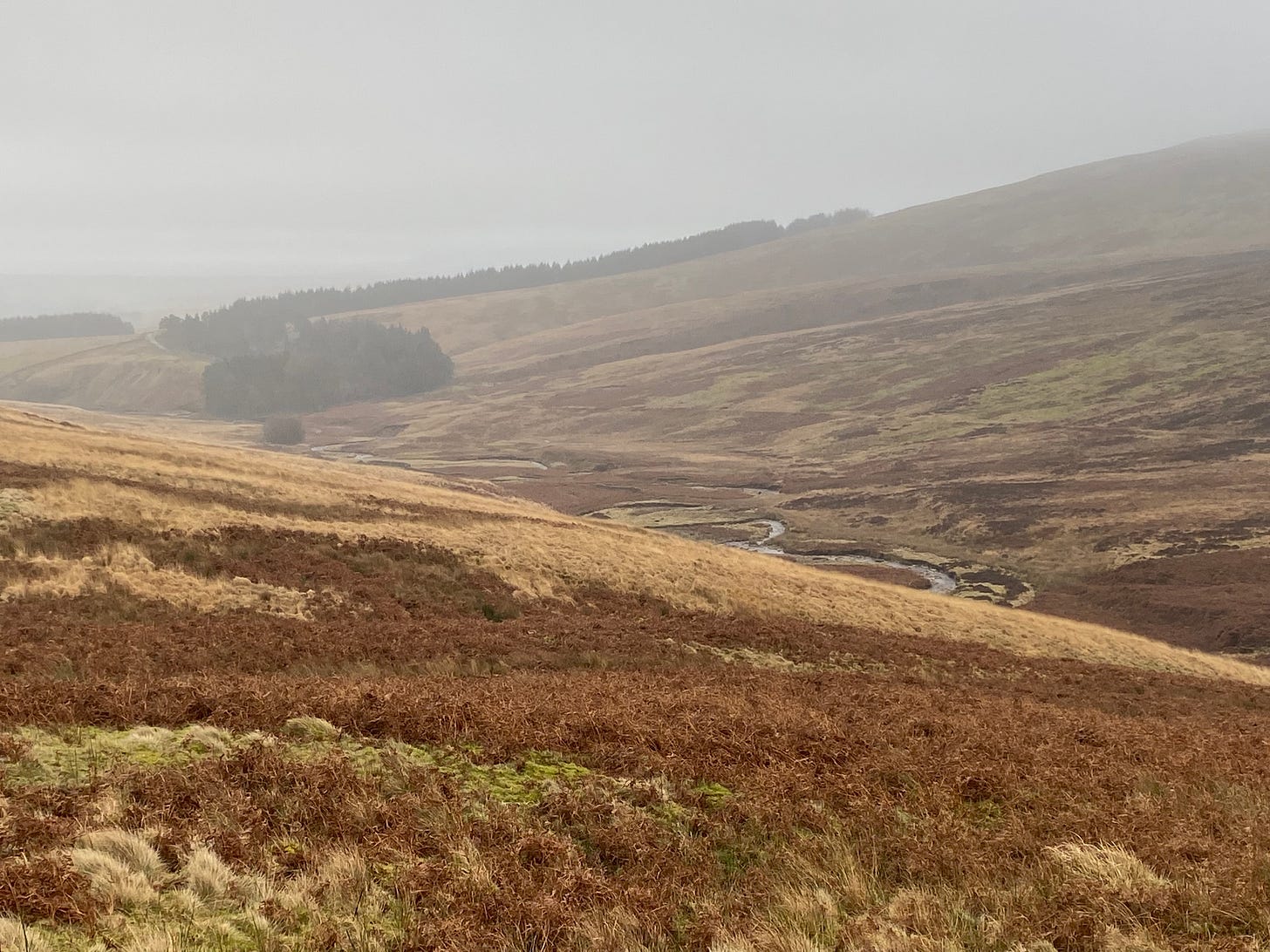
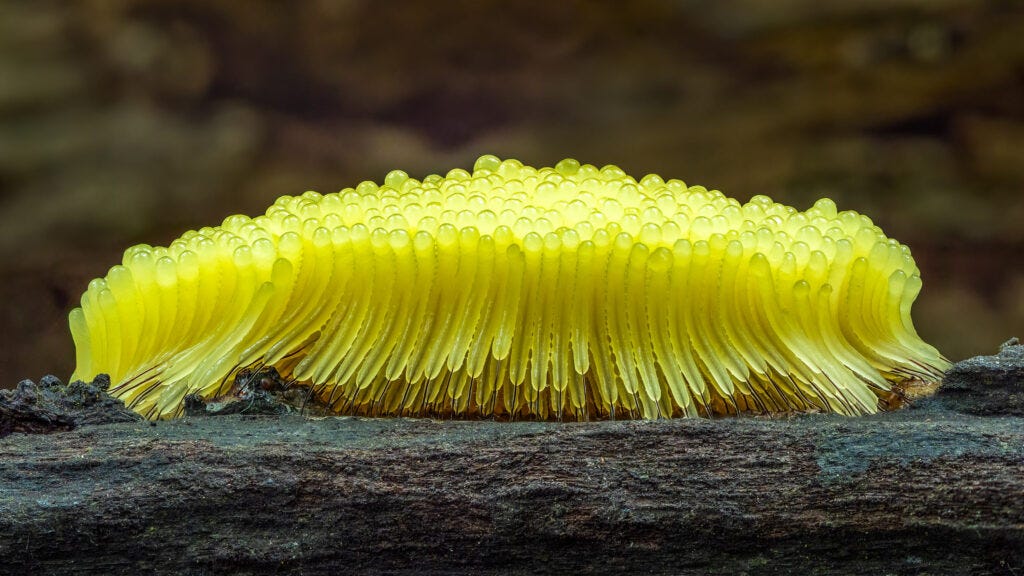
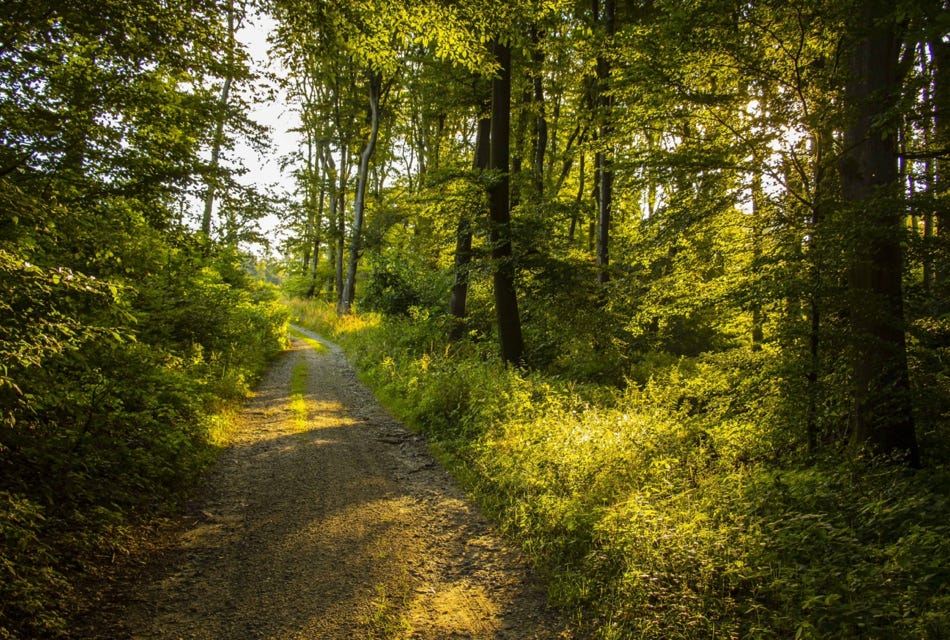
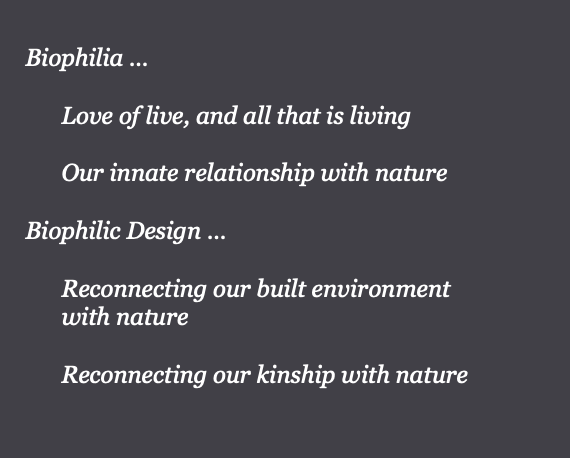
I think I share this perspective and concern Martin - our well-being relates to a humble participation in nature, an energy shared in place. I don’t see how ‘biophilic design’ as it merely draws isolated natural elements into an otherwise sterile non-place, can contribute to holistic well-being.